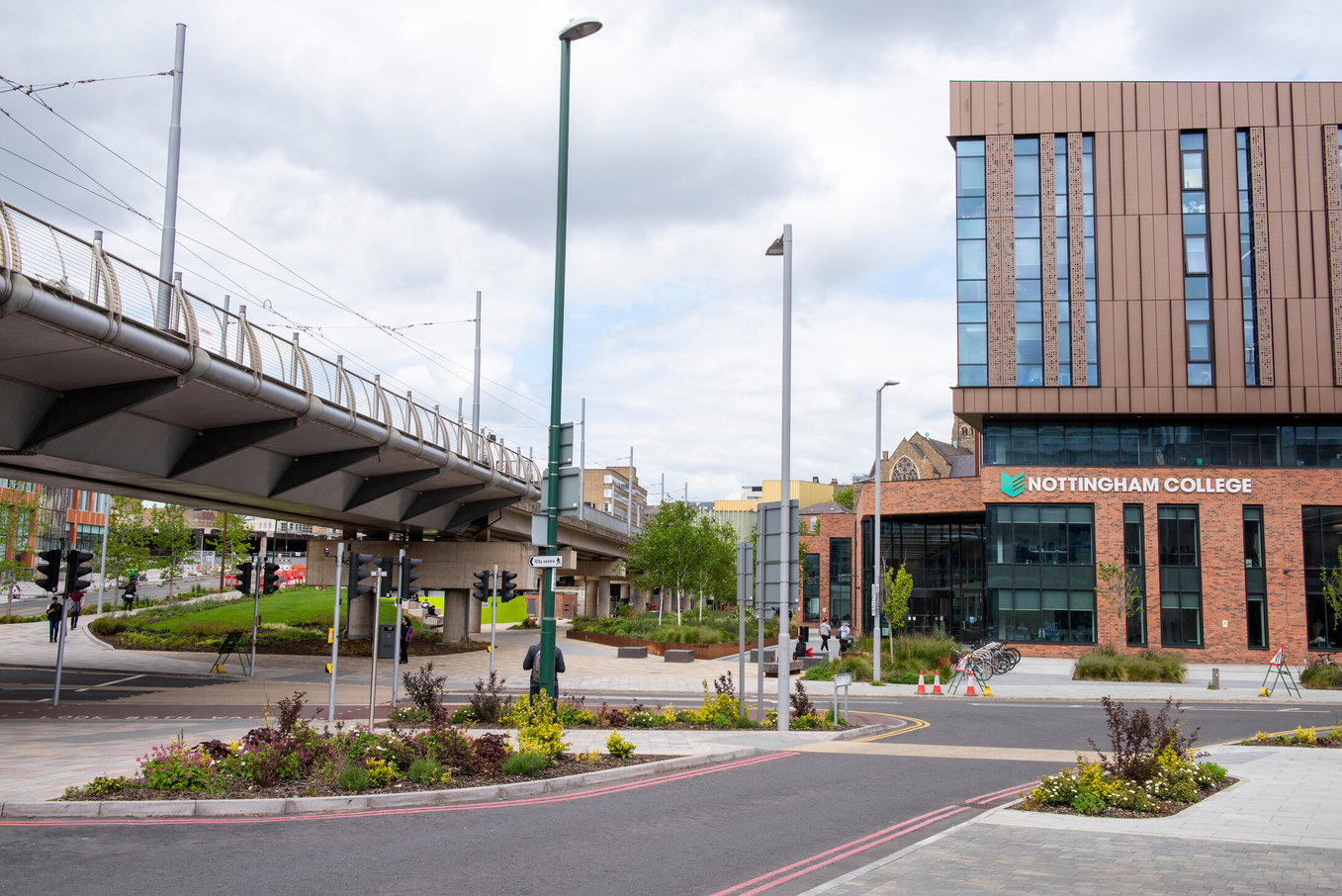About the project:
We collaborated Nottingham College who is one of the largest further education and higher education colleges in the United Kingdom. Nottingham College offers a comprehensive range of further and higher education courses and training opportunities for business and industry. The primary purpose of this project is to undertake heat decarbonisation and energy efficiency measures which will reduce the colleges reliance on fossil fuels and contribute to their target of becoming carbon neutral by 2030. This is underpinned by the college’s environmental management policy as a mechanism of reducing environmental impact and a commitment to reducing carbon emissions in accordance with the Climate Change Act. The main element of the project will involve replacing the existing gas fired boiler primary LTHW plant installations with a connection to the Nottingham district heating network. The district heating network connection to the building is being designed around the internal heating values of the existing heating system. The district heating will supply the space heating and domestic hot water for the building.
Key facts:
Nottingham College is proposing to connect their Lace Market campus including the conic Adams Building to the existing district energy network which provides heat and power to homes across the city.
The network comprises of 68km of insulated pipework carrying pressurised hot water around Nottingham City Centre. Heat energy comes from incineration of 170,000 tonnes of municipal waste, which is used to create a supply of super heated high-pressure steam, pumped directly into a Heat Station. This technology will replace the existing 10no. 200kW gas fired heating boilers.
The boilers and primary heating plant were installed in 1998 and are therefore at the end of their anticipated economic life. The energy efficiency measures included as part of the project cover the installation of PV panels on the pitched roofs of the Adams Building, and the installation of LED lighting throughout the building.
Lessons learnt
Each district heating project undertaken by has specific requirements based on the internal building temperatures, therefore, the equipment is a bespoke heat exchanger for the building.
Role of the Hub
Working with Nottingham College estates and facilities teams, we undertook a Portfolio assessment. This involved assessing relevant buildings, in this case the Adams Building. Energy and emissions data and information were assessed, and a energy audit commissioned. From this we assessed the low carbon heating options, following this the district heat network connection was proposed as the PSDS project. We worked with the organisation, audit teams and consultant throughout, to deliver a successful application.

